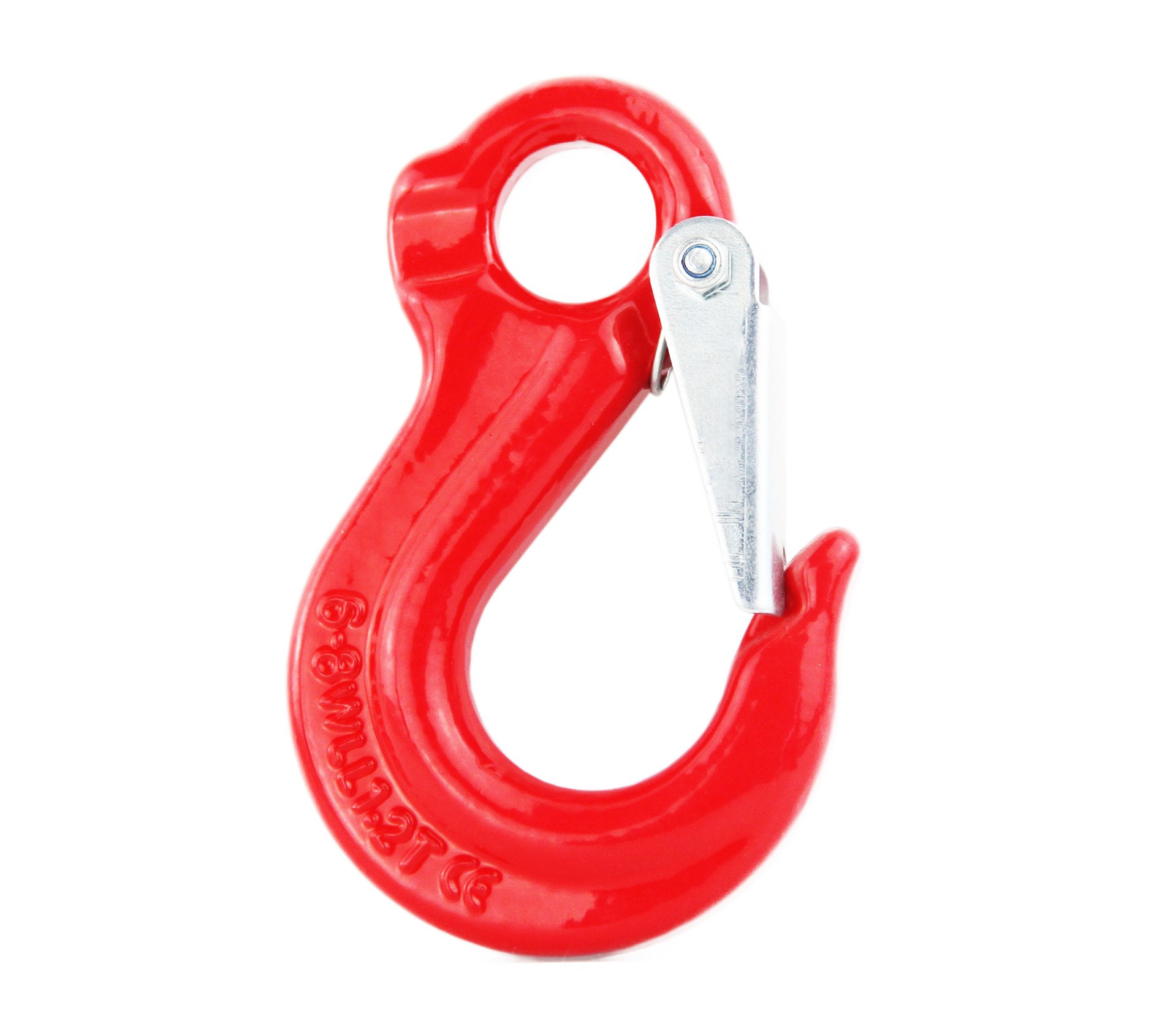News
Dec . 12, 2024 09:24 Back to list
cable thimble and clamp
Understanding Cable Thimbles and Clamps Essential Components of Lifting and Rigging
In the world of lifting and rigging, safety and efficiency are paramount. Two essential components that significantly contribute to these aspects are cable thimbles and clamps. Understanding their purpose, installation, and maintenance can help ensure that your rigging operations are both safe and effective.
What is a Cable Thimble?
A cable thimble is a small but crucial device used to provide a protective eye for wire ropes and cables. Its primary purpose is to prevent abrasion and deformation of the rope when it is looped at the end. Made from various materials such as steel or plastic, thimbles are designed to fit snugly inside the loop of the cable, distributing the load evenly and reducing wear over time.
When the wire rope is looped through the thimble, it creates a strong and durable termination that can withstand significant tensile loads. This is particularly important in applications where the cable undergoes bending or flexing, as the thimble ensures longevity and reliability.
What is a Cable Clamp?
A cable clamp, often referred to as a wire rope clamp or U-bolt clamp, is a device used to secure two lengths of wire rope together or to form a loop at the end of a wire cable. Comprising a U-shaped bolt, two flat plates (or halves), and nuts, the clamp provides a strong and secure means of fastening cables.
Using clamps allows for quick adjustments and easy removals when necessary. They are often employed in a variety of applications, including lifting and hoisting operations, rigging, and even fencing. However, it's crucial to select the appropriate size and type of clamp based on the diameter and construction of the cable to ensure optimal performance.
Installation Best Practices
cable thimble and clamp

When installing a cable thimble and clamp, following manufacturer guidelines and industry best practices is essential. Here’s a simple step-by-step guide
1. Select the Right Size Ensure that the thimble and clamp are suitable for the diameter of the cable being used. This is vital for maintaining strength and preventing failure. 2. Insert the Thimble Loop the cable through the thimble and bring the ends back together.
3. Attach the Clamp Position the clamp over the cable, ensuring that the U-bolt is on the live side of the load. The two halves should be placed securely against the cable.
4. Tighten the Nuts Use the appropriate tools to tighten the nuts on the U-bolt. It is crucial to maintain the recommended torque specifications to prevent the clamp from slipping or loosening during operation.
5. Inspect Always inspect the installation for any signs of wear, damage, or improper installation.
Maintenance and Safety
Regular maintenance is crucial for ensuring the safety and functionality of cable thimbles and clamps. Inspect these components frequently for signs of wear or corrosion. If any irregularities are noticed—such as cracks, deformities, or rust—replace them immediately to avoid catastrophic failure.
Additionally, understanding the working load limits (WLL) for both thimbles and clamps is essential. Exceeding these limits can lead to dangerous situations, compromising both safety and equipment.
In conclusion, cable thimbles and clamps are indispensable tools in the lifting and rigging industry. Their proper selection, installation, and maintenance can significantly enhance safety and efficiency in any lifting operation. By investing the time to understand and implement best practices, you can ensure a safer working environment for everyone involved.
